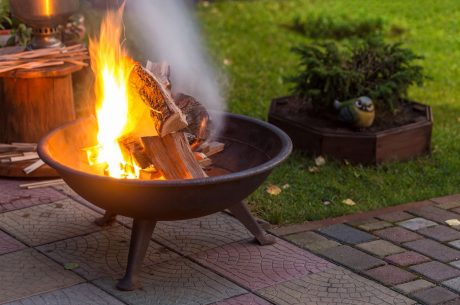
During harsh winter conditions, issues such as fire hazards, water damage, and high heating costs can arise. Follow these preparedness tips to prepare your property and help prevent the problems that fall and winter may bring.
- Insulate windows and doors. Weatherstrip any gaps and cracks around windows and doors and caulk up the gaps that are bigger than the width of a nickel. This prevents moisture and cold air from getting inside, boosting the energy efficiency of your home. For extra heat conservation, install double or triple pane windows and insulated doors and garage doors.
- Have your heating system inspected. Hire a professional to inspect your furnace and heat pump. This ensures your heating system works efficiently and that carbon monoxide leaks are prevented.
- Change the furnace filters each month during the cold season. Dirty furnace filters reduce furnace efficiency, which decreases the lifespan of the unit and increases energy consumption.
- Protect pipes from freezing. Severe cold weather can freeze the water in your pipes, which will explode because the ice inside it expands. Let faucets in exterior walls drip to provide relief for your pipes. Also, wrap both cold and warm water pipes with insulation and caulk up cracks or holes in your walls to keep cold air away from pipes. Leave the temperature to at least 55 degrees when leaving home.
- Know where your water shut-off valve is. In case of a plumbing emergency, you will need to close the main water valve to prevent further damage. The valve is typically located in the basement or buried near the road.
- Insulate air ducts. Having poorly sealed ducts can lead to around 20 percent loss in efficiency. Hire a contractor to properly seal and insulate the air ducts in your home. You will save on energy and reduce the stress on your furnace.
- Prevent ice dams. To prevent ice dams on your roof, make sure your attic is properly insulated and ventilated. In addition, ensure your attic has enough ventilation to allow cold air into the attic (and help prevent the ice on the roof from melting).
- Maintain your fireplace. Check for obstructions, such as creosote buildup or birds’ nests, in the flue. Also, the damper must close properly and the firebox should be fully intact. Hire a chimney sweep to clean your chimney and check it for damage.
- Have your roof inspected. Hire a contractor to fix any missing, loose or damaged shingles. In addition, the roof must be clear of debris as it can damage the roof’s shingles or membrane.
- Clean gutters and downspouts. Leaves, twigs, and other debris in gutters may cause water leaks in your home, as well as ice dams. Make sure to clean them regularly and check them for damage and sagginess.
- Stock up on basics. To prepare for an outage, which can happen during a blizzard, keep an emergency kit (with food, water, medical supplies, etc.) and alternate heating sources on hand. In addition, restock cold weather essentials, such as salt or ice melt.
To learn more tips to protect your home in winter, check out how to prevent water damage in winter and how to prevent home fires during winter. For flood water damage repair and water removal services, contact your local PuroClean office.



